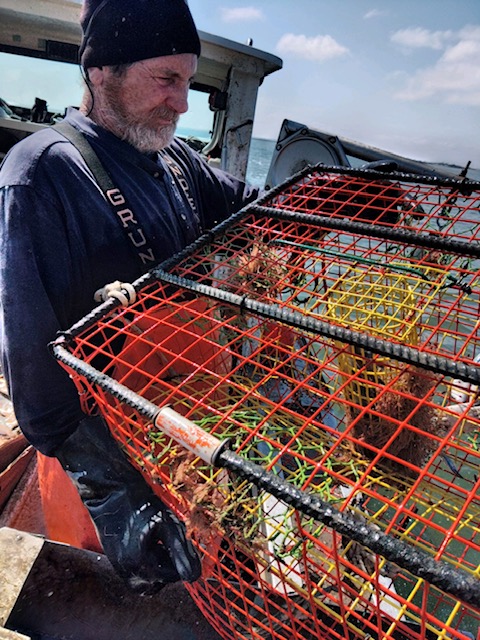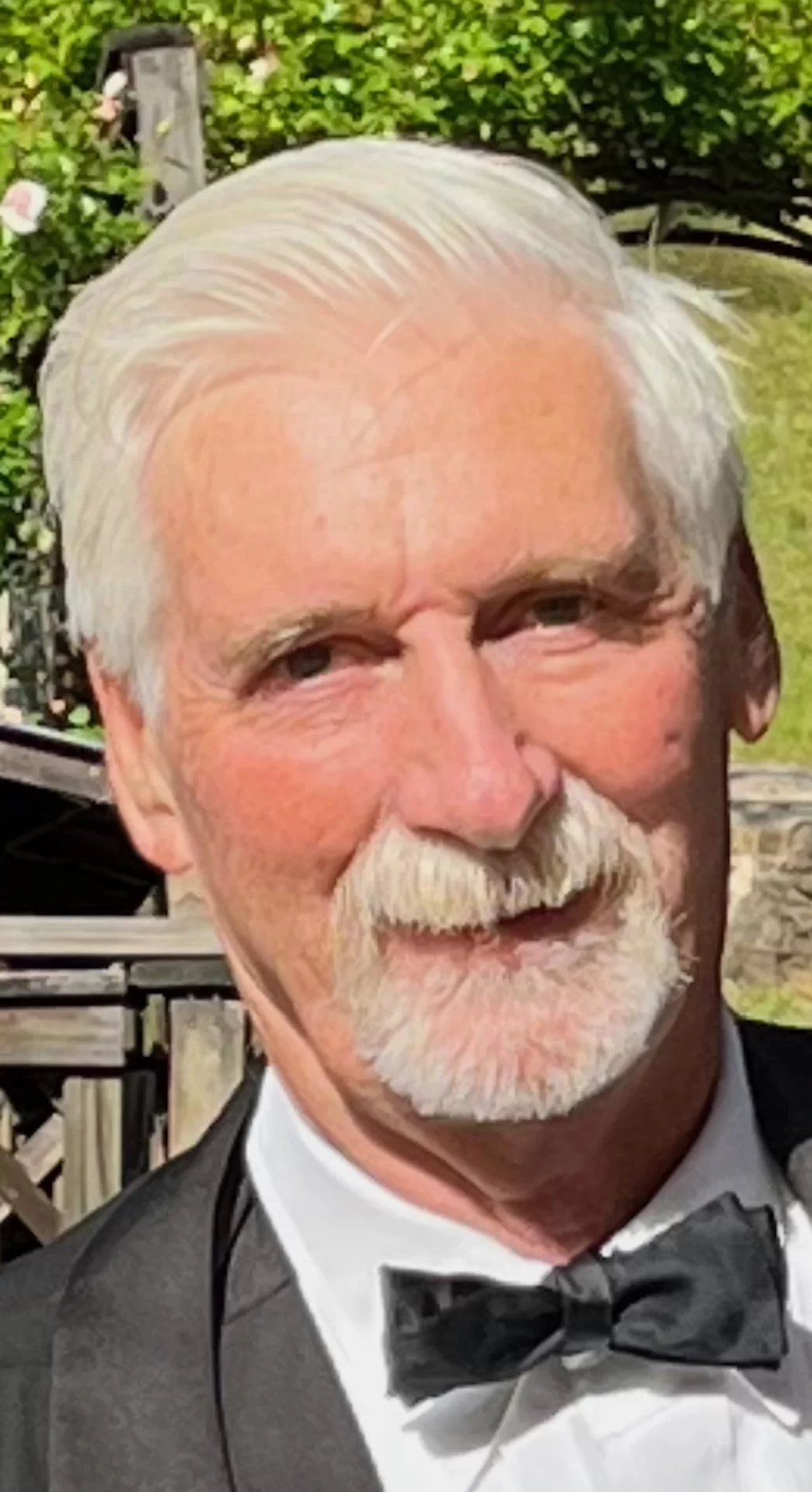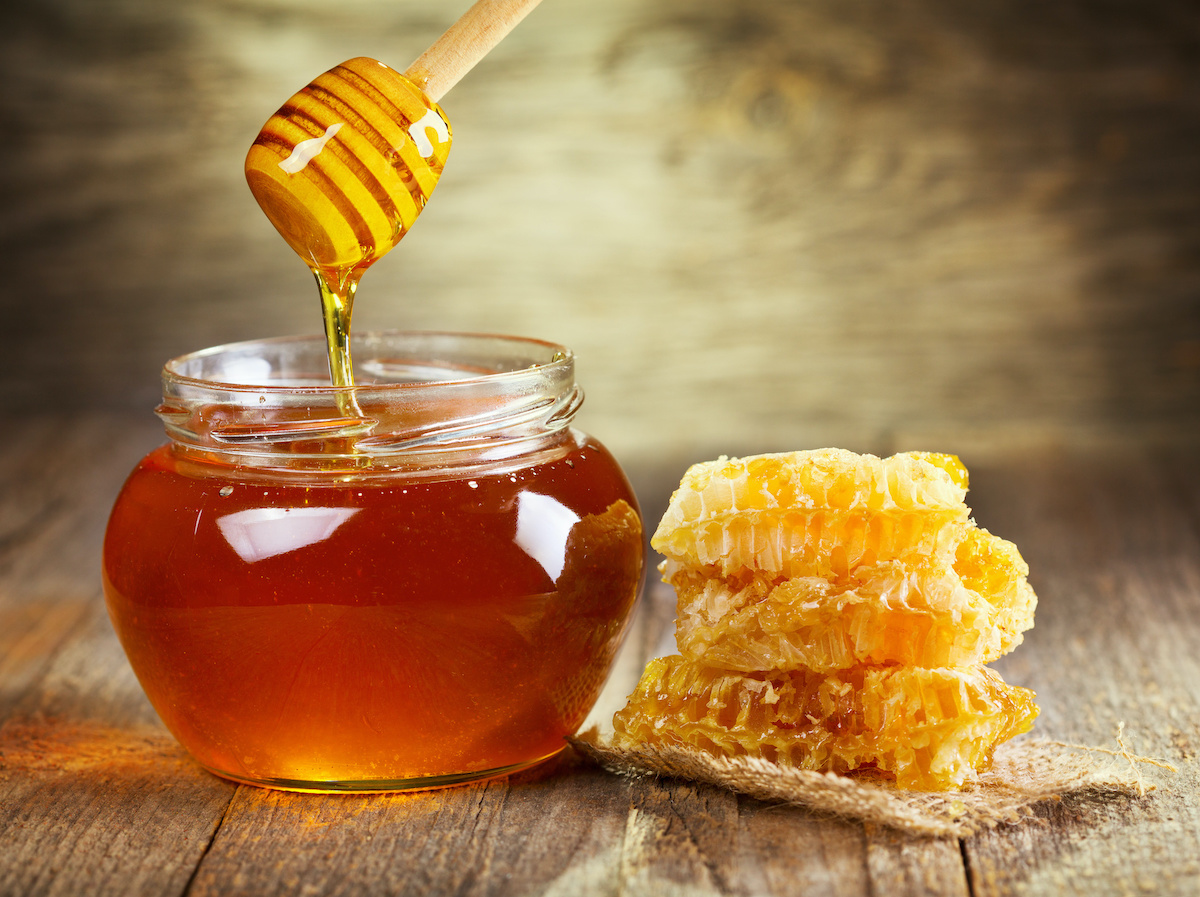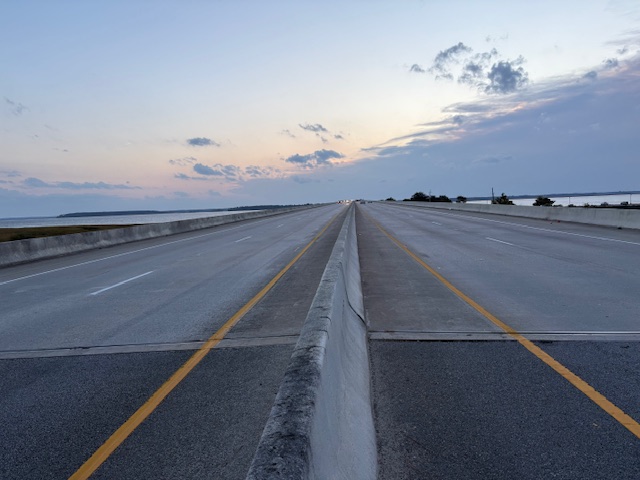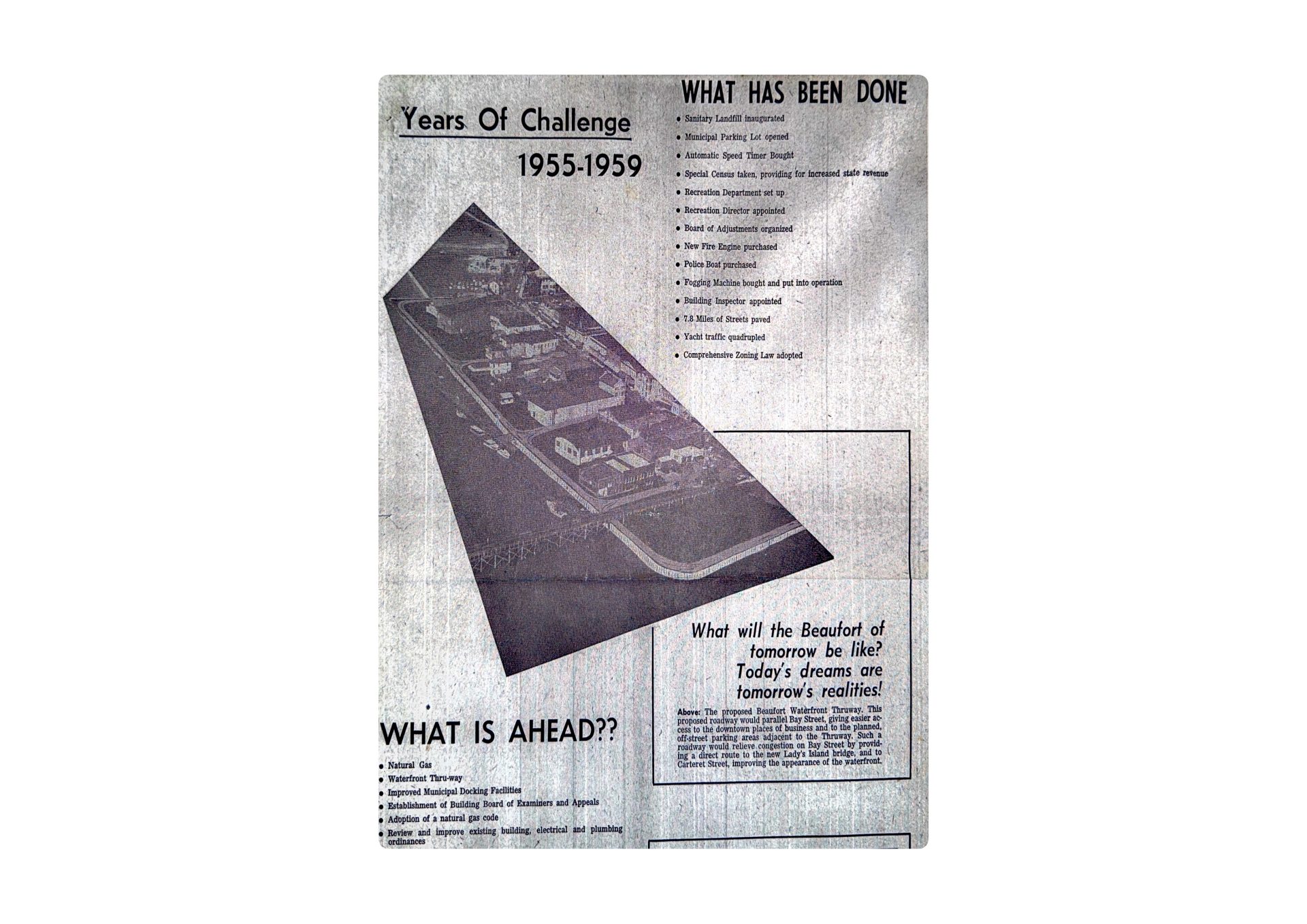By Bill Rauch
Crabbing may not be the oldest profession practiced along the Carolina coast, but it sure is one of the oldest.
Now, however, with a critical amendment to State Law S.955 winding its way through the legislative process in Columbia, commercial crabbers say they fear this is the beginning of the end.
If passed, the “closures amendment” to S.955 would begin a process that opens the door for the South Carolina Department of Natural Resources (DNR), at the agency’s sole discretion, to close down South Carolina’s crab fishery for a short period, or indefinitely, in certain areas, or statewide.
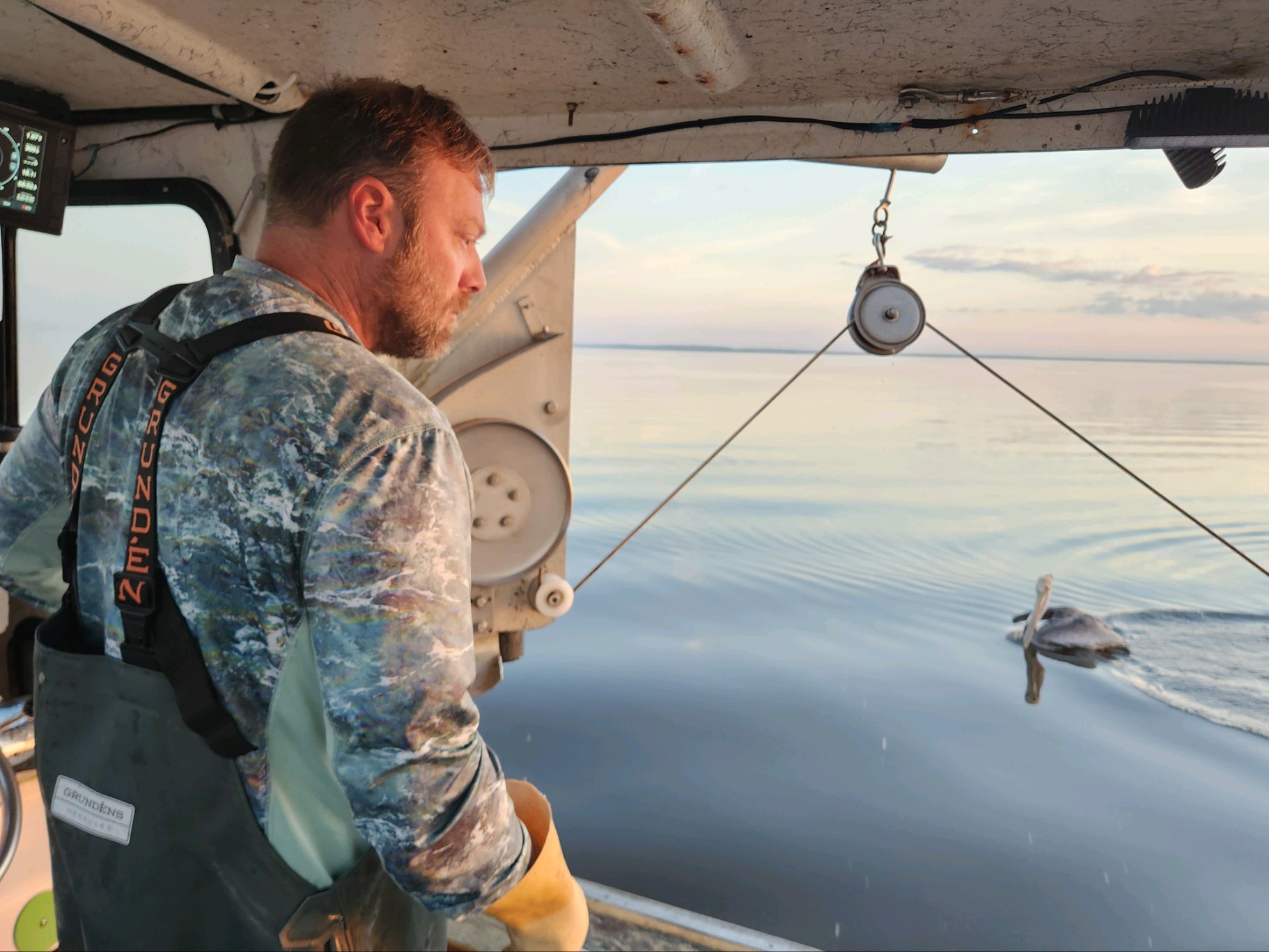
It wouldn’t be the first time DNR has put watermen out of business.
Crabbers remember that in 1984 DNR “temporarily” closed the sounds to shrimping, and to date they haven’t reopened them. Twenty years later, the DNR closed shad fishing in the ocean for reasons that didn’t jive with the fishermen’s experience. And, two years ago, DNR closed crabbing in the trawl zones. The “sounds” are the St. Helena, Port Royal and Calibogue Sounds in Beaufort County, and in Charleston County the Charleston harbor. The “trawl zones” are the areas at the heads of the sounds to three miles out.
That history has crabbers justifiably uneasy about trusting the government. What the government takes, their experience has been, it doesn’t give back.
Ben Dyar, Director of DNR’s Office of Fisheries Management, gave two examples last week of situations that might warrant crab fishery closures: if the derelict traps situation (that crabbers call “ghost gear”) became an environmental hazard, and if the crab population was seen to be in dangerous decline. Ghost traps are crab traps that have become disconnected from their buoys and so they lie unattended on the river bottoms until they rot or wash up in storms.
“If our numbers this winter are twice what they were last year. Shutting us down can’t be about protecting the crab fishery.” Stephen Preul, who’s been crabbing out of Beaufort for about 20 years, said last week, “It has to be about something else.”
Seeming to confirm Preul’s analysis, DNR’s Crustacean Manager in its Office of Fisheries Management, Jeff Brunson, acknowledged last week that this year the crab numbers are up, although by DNR’s estimates they are not back to the 1990’s-2000’s levels. Seeming further to bolster the view that the crab fishery is healthy, is another amendment to S.955 that, if passed, would increase the number of traps allowed the state’s recreational crabbers from two to five.
What the government does often speaks more convincingly than do its spokespeople. For example, if the government in its proposed amendment to S.955 indicates its willingness to increase by tens of thousands the number of recreational crab traps it permits, how can it also be true that the state’s crab population is “plummeting” as a sensationalist Post And Courier story, citing government sources, reported last week?
Also flawed, the crabbers loudly and DNR’s scientists quietly agree, is the reliability of DNR’s current crab population counting methods. Acknowledging the need for a new approach toward getting more reliable numbers along South Carolina’s dynamic post-COVID coastline, DNR has sought and received a grant to begin “tagging” crabs. As my father used to say, “Watch the hands.” What the government does speaks volumes. That program will begin in July.
So, if the closures aren’t needed to protect the crab population, that leaves the ghost gear.
The “something else,” crabbers suspect, is the prospect of DNR receiving National Oceanic and Atmospheric Administration (NOAA) Marine Debris Removal grants. These monies, first available in Fiscal Year 2022 are typically in the $1-4 million a year range, according to NOAA’s website. Recipients pledge to use the money to remove sunken boats, derelict crab traps, rotting nets and other debris from river bottoms, creek beds and the ocean’s floor. To strengthen DNR’s position to get the NOAA grants, some crabbers say they have been told, it is suggested by NOAA that DNR impose closures.
According to NOAA spokesperson Keely Belva, debris removal grants are not specifically contingent upon governments having the ability to unilaterally shut down fisheries, but “if implementing a closure program would allow for more effective and efficient clean-ups and more clear outreach to the fishing/coastal communities about the issues, then NOAA would certainly see those as positive developments in addressing the derelict fishing gear problem overall.”
“If shutting us down is about getting debris removal grants, that to me amounts to taking money from the crabbers and giving it to the government,” Pruel added. “Some spendaholic legislators may want to do that, but it’s a big stretch that Gov. McMaster who is all about protecting small businesses wants that.”
Other crabbers suggest, however, there may be a middle ground. Crabbers crab all year round, but because of the fisheries being open in the northern states during the warmer months, crabbing in South Carolina is least profitable, crabbers say, in late September and early October.
“Unfortunately, DNR began this discussion by suggesting they would close us down in January which is one of our best months,” Jim Reynolds who has been crabbing in Beaufort County for about 20 years, explained last week. “But if the state wants to impose a very narrow regulation that halts crabbing in Beaufort and Jasper counties, for example, for two weeks in late September and early October every third year so they can get their grant and do their debris removal, I can live with that. They just need to set a reasonable and regular schedule for all the coastal counties so everyone knows what’s going on, and they can make their plans. Some crabbers will participate in the debris removal program and get paid for it, if it makes sense. And at that time of the year the others can shrimp or oyster for those two weeks. DNR just needs to work with us on this.”
The amendment to S.955 that is under consideration was introduced in January, 2024 by Charleston Senator George E. “Chip” Campsen, Chairman of the Senate Fish, Game and Forestry Committee. It formalizes the recommendations of the 2023 state study entitled “Report and Recommendations for the Sustainability of South Carolina’s Blue Crab Fishery.”
“At the end of the day, “Sen. Campsen said last week, “the crabs are a public resource. They don’t belong to the crabbers. Instead, there needs to be a stewardship agency that can close the fishery temporarily, if there’s a real threat to the crab population, or to get up abandoned traps.”
Bill Rauch was the Mayor of Beaufort from 1999 to 2008 and has twice won awards from the S.C. Press Association for his Island News columns. He can be reached at TheRauchReport@gmail.com.


